[Newsbits] 8.01.2024: PRERANA Program, Direct-to-cell Satellite, MARCOS & more

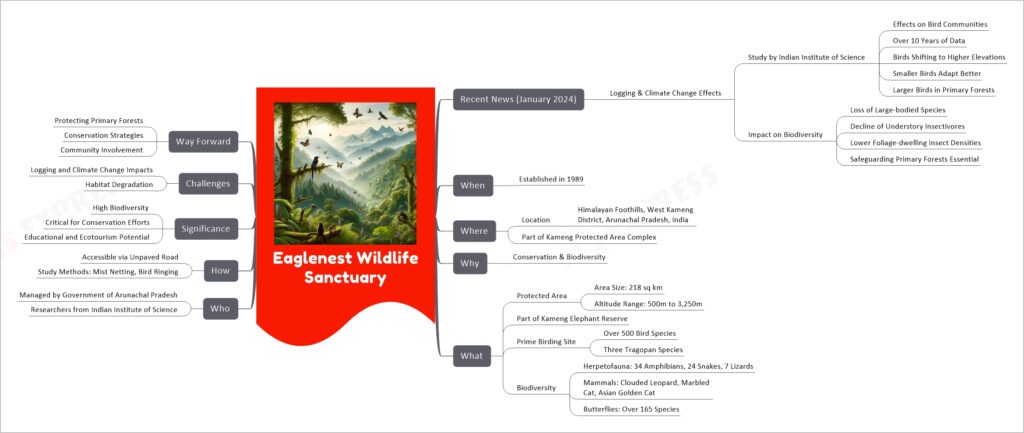
Eaglenest Wildlife Sanctuary, located in the Himalayan foothills of Arunachal Pradesh, India, is a crucial biodiversity hotspot established in 1989. It spans 218 square kilometers with an altitude range from 500 to 3,250 meters and is a part of the Kameng Elephant Reserve. Known for its rich bird life with over 500 species, including rare tragopans, the sanctuary also hosts diverse herpetofauna, mammals, and over 165 butterfly species. Recent studies by the Indian Institute of Science reveal that logging and climate change are affecting bird communities, causing species to shift to higher elevations and threatening biodiversity. Protecting primary forests and involving local communities are seen as vital steps for conservation.

The Indian Navy Marine Commandos, also known as MARCOS or the Marine Commando Force, are the special forces of the Indian Navy, established in February 1987. They are trained to operate in various environments including sea, air, and land, specializing in maritime operations. Recently, in January 2024, they successfully retook the hijacked Liberian-flagged MV Lila Norfolk in the North Arabian Sea, rescuing all 21 crew members. MARCOS are based in several Indian locations and primarily conduct operations in Jammu and Kashmir. Their responsibilities encompass a range of activities including amphibious operations, surveillance, clandestine operations, hostage rescue, and counter-terrorism. The force consists of about 2,000 personnel as of 2012, with exact numbers kept classified. MARCOS undergo rigorous training including combat diving, counter-terrorism, and are skilled in various weapons and specialized tactics.
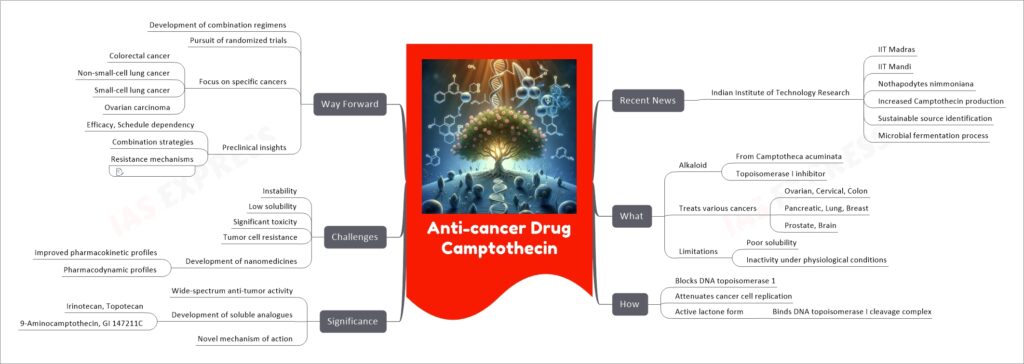
Camptothecin is a potent anti-cancer drug derived from the Chinese tree, Camptotheca acuminata. It functions as a topoisomerase I inhibitor, blocking the enzyme crucial for DNA replication in cancer cells. This drug has shown effectiveness against various cancers, including ovarian, cervical, colon, and lung cancers. However, its clinical use has been limited due to issues like poor solubility and toxicity. Recent developments, particularly in India, include the enhanced production of camptothecin through metabolic engineering and the identification of sustainable sources, addressing some of these challenges. Researchers have also developed more soluble and less toxic analogues like irinotecan and topotecan. The future of camptothecin involves developing combination therapies, conducting more clinical trials, and improving its pharmacokinetic and pharmacodynamic profiles, particularly through nanomedicine.
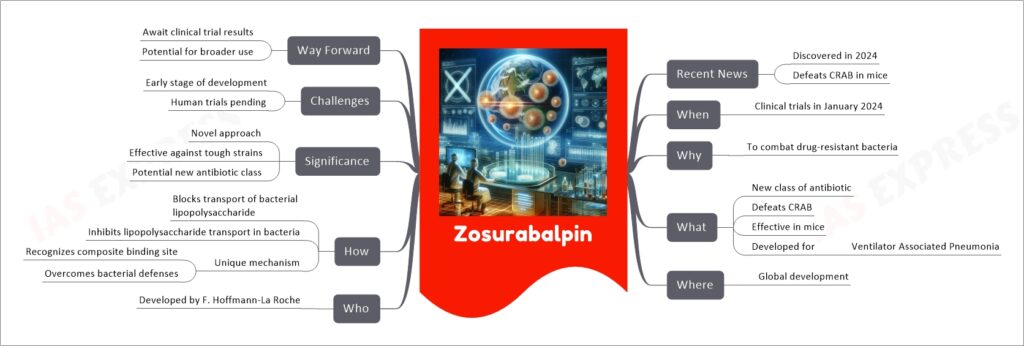
In simple terms, Zosurabalpin is an experimental antibiotic designed to fight against a particularly tough strain of bacteria known as CRAB, which often resists other antibiotics. It operates by preventing a critical component of the bacteria from reaching its surface, effectively weakening the bacteria’s defenses. Currently, Zosurabalpin has shown promising results in mice and is undergoing clinical trials to determine its effectiveness and safety in humans. If successful, this could lead to a new class of antibiotics, offering a significant advancement in the treatment of drug-resistant bacterial infections.
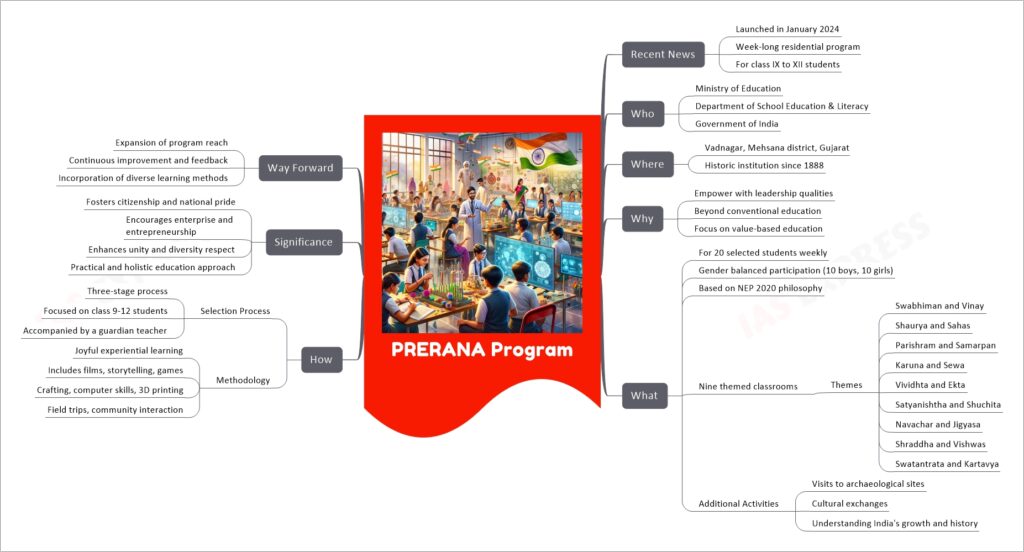
The PRERANA program, initiated by India’s Ministry of Education, represents an innovative approach to education for high school students. It’s a week-long residential program based in Vadnagar, Gujarat, focusing on experiential learning and leadership development. This program integrates nine value-based themes into its curriculum, encouraging hands-on activities and technological exposure. Participants are selected through a three-stage process and the program emphasizes holistic development, including cultural exchanges, field trips, and various skill-based activities. PRERANA aims to instill a deep sense of national pride, citizenship, and entrepreneurial spirit in the youth, preparing them for future challenges.
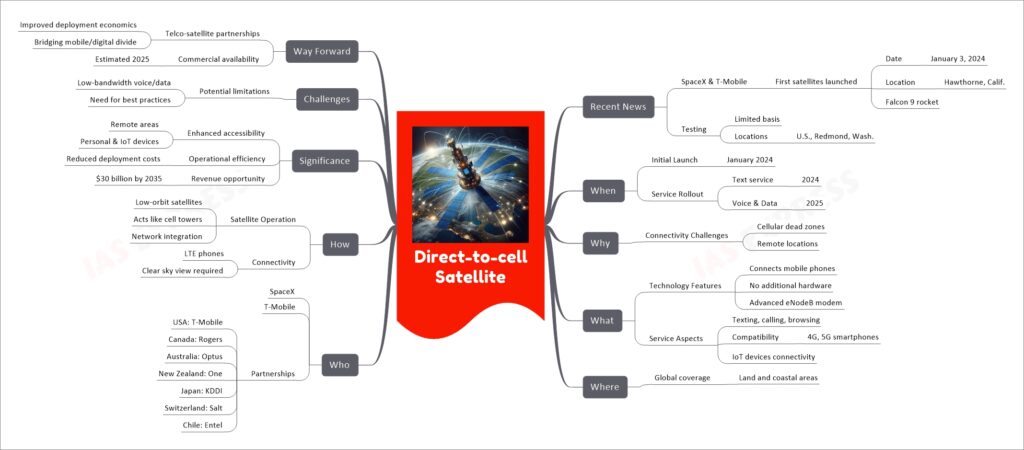
Direct-to-cell satellite technology represents a significant advancement in telecommunication, offering connectivity in remote or traditionally underserved areas. This technology enables mobile phones to connect directly to satellites, without the need for additional hardware. It facilitates not only personal communication through texting, calling, and browsing but also connects IoT devices, thereby broadening its utility. Initiated by SpaceX and T-Mobile, this technology involves low-orbit satellites acting as cell towers in space. The service is expected to roll out in phases, starting with text in 2024 and expanding to voice and data by 2025. The technology’s potential to improve operational efficiency and its projected revenue opportunity are substantial. However, it faces challenges such as bandwidth limitations and the need for adopting industry best practices. The way forward includes telco-satellite partnerships, aiming to bridge the mobile and digital divide, with commercial availability anticipated around 2025.
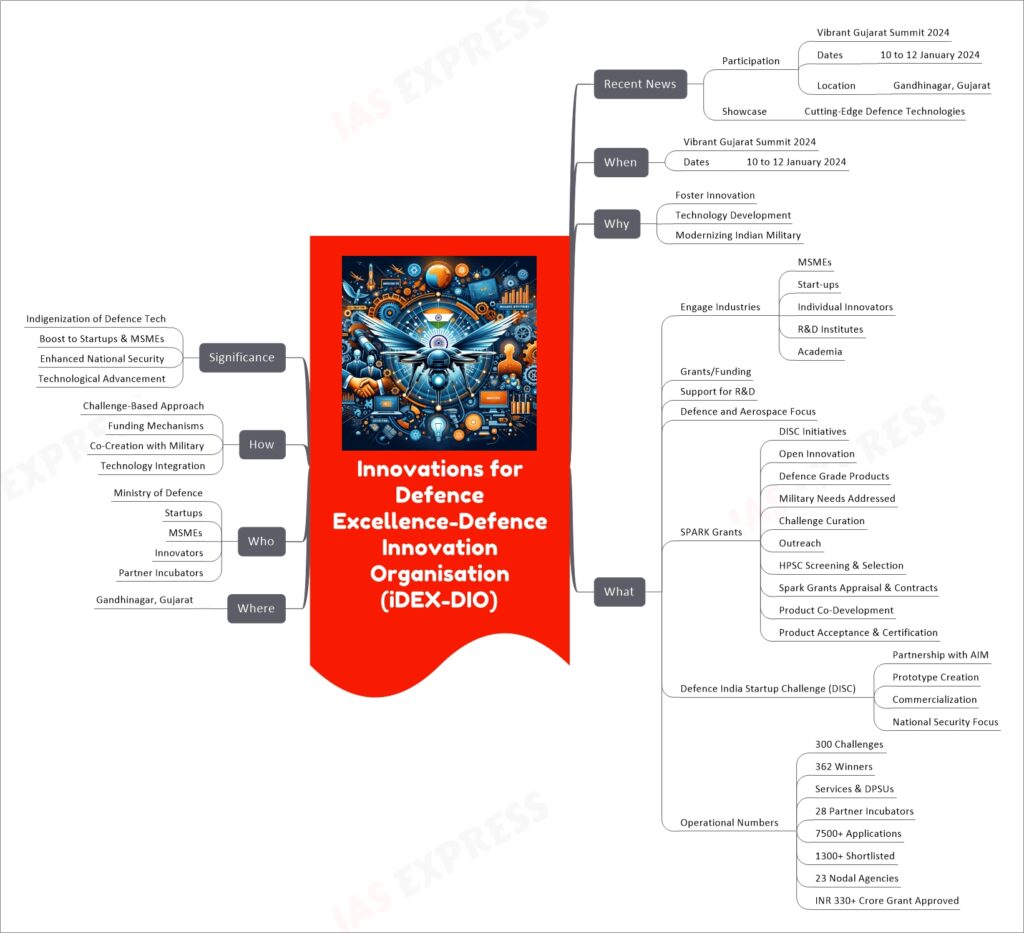
The Innovations for Defence Excellence-Defence Innovation Organisation (iDEX-DIO) is an initiative under India’s Ministry of Defence designed to foster innovation and technological development in the defence and aerospace sectors. It engages a wide range of contributors, including MSMEs, startups, individual innovators, R&D institutes, and academia, providing them with funding and support for R&D. iDEX-DIO’s goals include rapid development of new, indigenized, and innovative technologies to modernize the Indian Military, and it encourages a culture of co-creation and co-innovation. Its recent activities include participating in the Vibrant Gujarat Summit 2024, showcasing cutting-edge defence technologies.
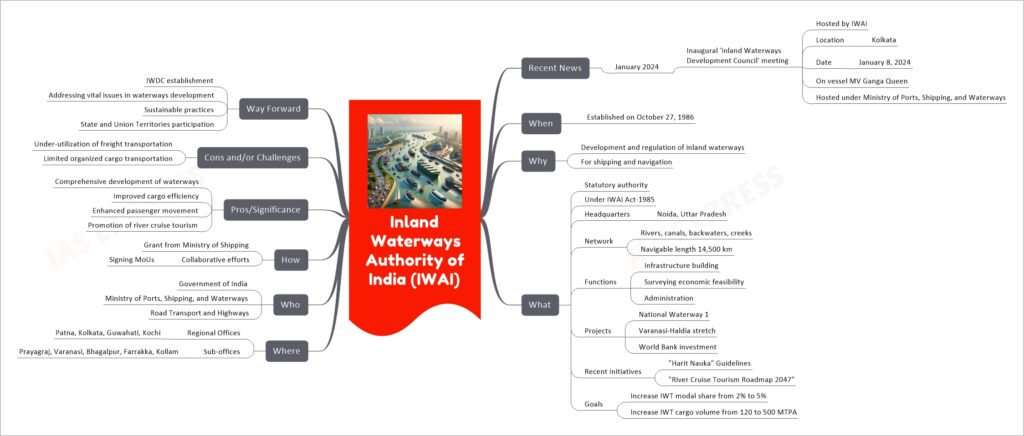
The Inland Waterways Authority of India (IWAI) is a statutory body established by the Government of India in 1986, responsible for the development and regulation of inland waterways for shipping and navigation. It functions under the Ministry of Ports, Shipping, and Waterways, with its headquarters in Noida, Uttar Pradesh. IWAI’s network includes an extensive array of rivers, canals, backwaters, and creeks, with a total navigable length of 14,500 km. However, freight transportation via these waterways is significantly under-utilized in India.
In January 2024, IWAI hosted the inaugural ‘Inland Waterways Development Council’ meeting in Kolkata, emphasizing the comprehensive development of India’s inland waterways. This meeting included the unveiling of “Harit Nauka – Guidelines for Green Transition of Inland Vessels” and the “River Cruise Tourism Roadmap 2047.” These initiatives are part of IWAI’s broader objectives, such as increasing the modal share of Inland Water Transportation (IWT) from 2% to 5% and elevating the IWT cargo volume significantly.
IWAI’s role encompasses building necessary infrastructure in waterways, surveying the economic feasibility of new projects, and administration. The recent initiatives and projects under IWAI reflect India’s commitment to enhancing its inland waterways for improved cargo efficiency, passenger movement, and the promotion of eco-friendly and sustainable practices in waterway transportation.
